For their second exercise in dialogic minimal interpretation Attridge and Staten (The Craft of Poetry, 2015) chose Emily Dickinson’s “I started Early.” Attridge Remarks (p. 21): “It’s a poem that has produced many examples of the kind of unmoored readings you and I are keen to combat.” Their discussion is fascinating, especially toward the end, where they credit Dickson with proto-modernist technique (pp. 35-37). I think they are right to see the poem as a challenge to their objective of a minimal interpretation, which has them searching for a more specific and conventional narrative than the poem willingly supports.
Consequently I’m going to skip much of that commentary. After presenting the poem itself I’ll present some of their remarks about the overarching narrative and then enter into my own investigation of the poem’s techne.
The Poem: I started Early
Here is the text, which they’ve taken from R. W. Franklin’s edition, The Poems of Emily Dickinson (Harvard 2001).
1 I started Early – Took my Dog –
2 And visited the Sea –
3 The Mermaids in the Basement
4 Came out to look at me –
5 And Frigates – in the Upper Floor
6 Extended Hempen Hands –
7 Presuming Me to be a Mouse –
8 Aground – upon the Sands –
9 But no Man moved Me – till the Tide
10 Went past my simple Shoe –
11 And past my Apron – and my Belt
12 And past my Boddice – too –
13 And made as He would eat me up –
14 As wholly as a Dew
15 Upon a Dandelion's Sleeve –
16 And then – I started – too –
17 And He – He followed – close behind –
18 I felt His Silver Heel
19 Upon my Ankle – Then My Shoes
20 Would overflow with Pearl –
21 Until We met the Solid Town –
22 No One He seemed to know –
23 And bowing – with a Mighty look –
24 At me – The Sea withdrew –
For what it’s worth, it was the fifth stanza that first took hold of me: What’s this about heel, ankle, shoes, and pearls all jammed into a single stanza? I managed to come up with an answer, an unexpected one, but only late in my own investigation.
A Minimal Narrative
Attridge leads off the discussion (p. 22):
As with “The Sick Rose” the poem presents a little narrative, and the most minimal reading of all would be to treat it as the story of a woman’s visit to the seaside, and of her hurrying back as the tide advances and threatens to engulf her – just as we might read Blake’s poem as the story of a flower and bug.
He wonders about possible sexual undertones in the sea’s progression from Shoe to Apron over Belt and Bodice (p. 23) and then points out (p. 24): “...the oddness of a woman wading into the ocean fully clothed until the sea is up to her neck? Perhaps this part of the poem represents a fantasy, while the rest is a somewhat simple event told in fantastic terms.”
Staten wonders whether or not suicide is the underling motivation (p. 26):
No one can get covered by the tide unintentionally, unless they’re unconscious. So if the tide is rising up her body, item by item (again indicating slowness), she must must at least semi-purposely be allowing it to happen. […] the speaker has come close to suicide, in a dreamlike mode that at times verges on whimsy.
And he notes that human society frames the poem, fore and aft (p. 27):
The ship and town evoke human society, to which the speaker returns at the end of the poem, but from which she had become momentarily attached or alienated. And in that case, “Man” in “no Man moved Me” sounds more like a reference to humanity than virility. It’s only the solidity of human society that dissipates the last of the sea’s threat – a threat that was never anything other than the woman’s own willingness to be engulfed.
After worrying a bit about just how long it takes the tide to come in Attridge gets around to a sensible suggestion about what’s going on (p. 30):
Now one doesn’t have to read the desired experience of being moved as a sexual one; it could be some other form of bodily and emotional rapture, some other way of being carried away, swept off your feet, inundated with feeling. One of Dickinson’s favored words in “transport,” which nicely captures both senses of “moved.” The various interpretations critics have come up with – not only sexual attraction but the force of nature, or the imagination, or the unconscious, or death – are not alternatives among which one has to make a choice but various manifestations of the same general narrative of desire, a near overwhelming, an escape, and pleasure.
Yes. Such narrative as the poem presents is rather abstract and general in character despite being floated on imagery so specific one can almost imagine the scene unfolding in the mind’s theater as you read the poem. Abstract, yet concrete–that’s worth thinking about, no?

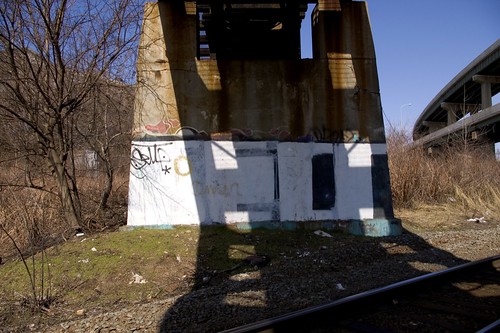


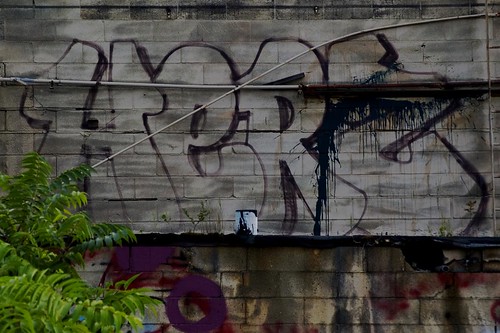
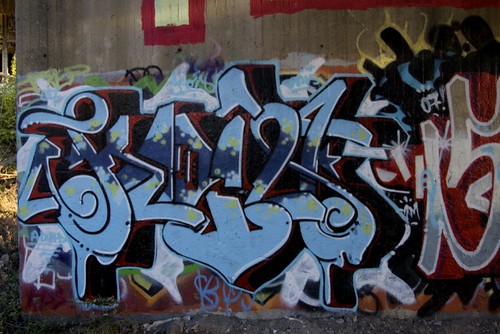
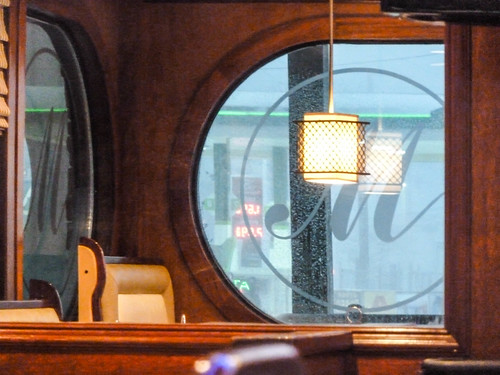




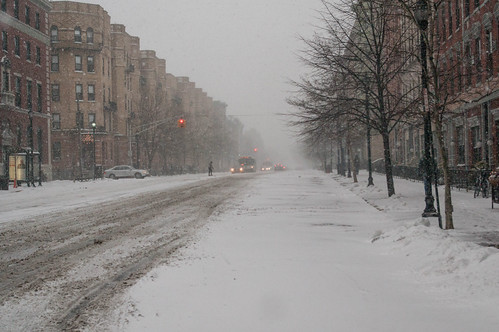




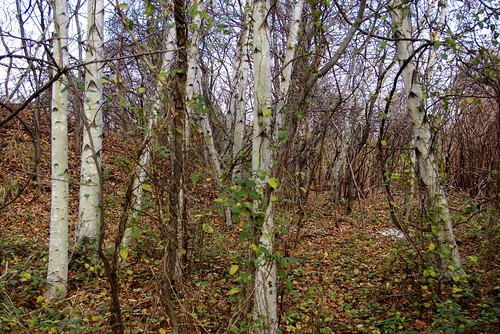



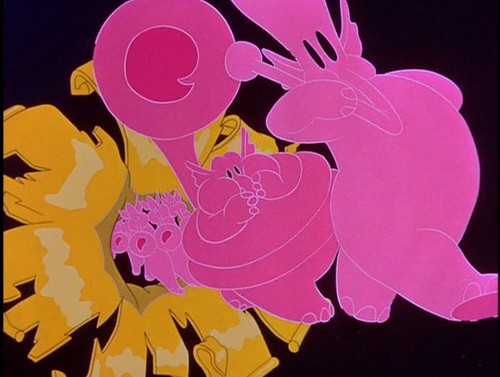








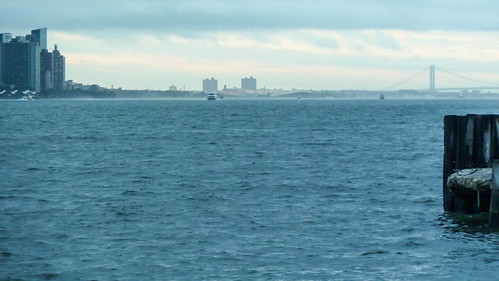
 Seana Coulson
Seana Coulson Vicky T. Lai
Vicky T. Lai